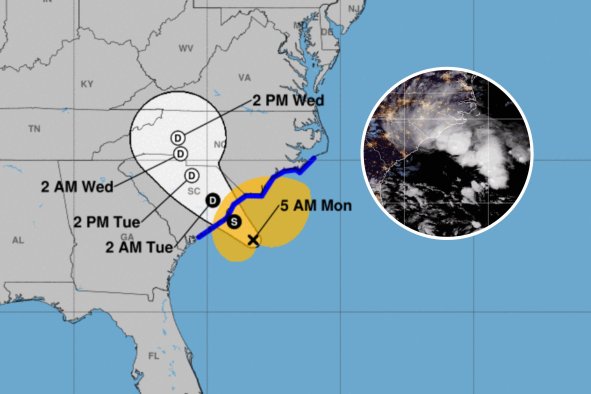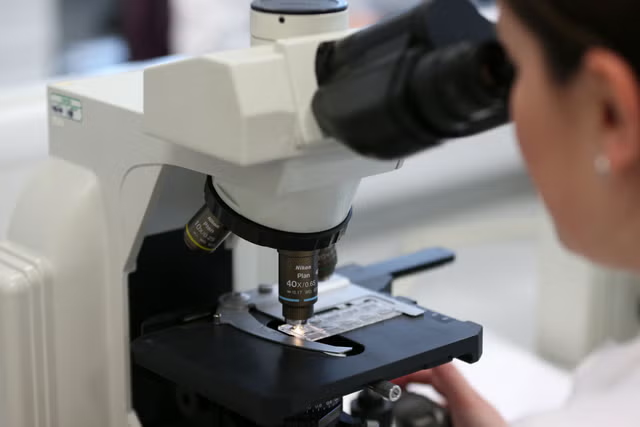The highly virulent H5N1 avian influenza virus, responsible for the deaths of millions of birds worldwide since 2021, may be spreading through a surprising route: food theft among seabirds.
A new study published in Conservation Letters suggests that kleptoparasitism, a behavior where birds steal food from others by forcing them to regurgitate their prey, could be a key factor in the transmission of the virus among seabird populations.
"Understanding transmission is critical to monitoring and management efforts, particularly when at-risk species or regions are involved, and it's helpful to understand threats to other animals and people," lead author of the study Simon Gorta said in a statement.
"While the original H5N1 virus first emerged in 1996, the current 2.3.4.4b strain has spread far more than other strains, and is highly virulent, killing hundreds of thousands of wild seabirds since being first detected in 2021," he said.
The research team, including experts from BirdLife International and Deakin and Monash Universities in Australia, analyzed seabird behavior, movements and infection data. They focused on kleptoparasitic species like frigatebirds and skuas, which are known to force other birds to regurgitate prey.
If the prey comes from an infected bird, the kleptoparasite can contract the virus and spread it further. Seabirds, particularly those living in close-knit breeding colonies on islands, are especially vulnerable to the virus by nature of their high population densities.
Spreading effects can then be compounded as the seabirds migrate over vast distances at different times of the year.
"As one of the most threatened groups of birds on the planet, the fact that seabirds have proven to be particularly vulnerable to diseases like this is of great concern," study co-author Rohan Clarke said in a statement.
"Transmission among seabirds is a real concern because of their close contact and potential contamination of communal resources on densely-packed breeding islands, as well as particular behaviours like predation and scavenging of infected individuals," he said.
The virus, initially restricted to Eurasia and Africa, has since spread to North and South America and even reached Antarctica in early 2024, leading to its classification as a "panzootic" or animal pandemic.
In the U.S., H5N1 has even spread to cows on dairy farms, with one in five commercial milk samples testing positive for genetic traces of the virus earlier in the year.
Infections have also been reported in humans, including 14 cases in the U.S., according to the Centers for Disease Control and Prevention (CDC).
While the situation for birds around the globe remains bleak, the new findings offer scientists clues about where to monitor vulnerable species.
"Prioritization of kleptoparasitic species in monitoring for high-pathogenicity avian influenza virus (HPAIV) should be considered, particularly when returning from nonbreeding or staging areas to breeding grounds, at nonbreeding roosts (frigatebirds) and where outbreaks have already been detected in target species in the region," the authors wrote.
"As the global H5N1 panzootic continues to unfold, pairing of ecological and epidemiological information is critical," they wrote. "We examined a little-considered transmission pathway for pathogens via kleptoparasitism, highlighting kleptoparasitic seabirds as potential indicator or vector species.
"Understanding potential transmission pathways is essential for monitoring and managing at-risk wildlife populations and ecosystems, given continuing global spread and mortality associated with HPAIV."
Do you have a tip on a science story that Newsweek should be covering? Do you have a question about bird flu? Let us know via science@newsweek.com.
References
Gorta, S. B. Z., Berryman, A. J., Kingsford, R. T., Klaassen, M., & Clarke, R.H. (2024). Kleptoparasitism in seabirds—A potential pathway for global avian influenza virus spread. Conservation Letters. https://doi.org/10.1111/conl.13052
Disclaimer: The copyright of this article belongs to the original author. Reposting this article is solely for the purpose of information dissemination and does not constitute any investment advice. If there is any infringement, please contact us immediately. We will make corrections or deletions as necessary. Thank you.



